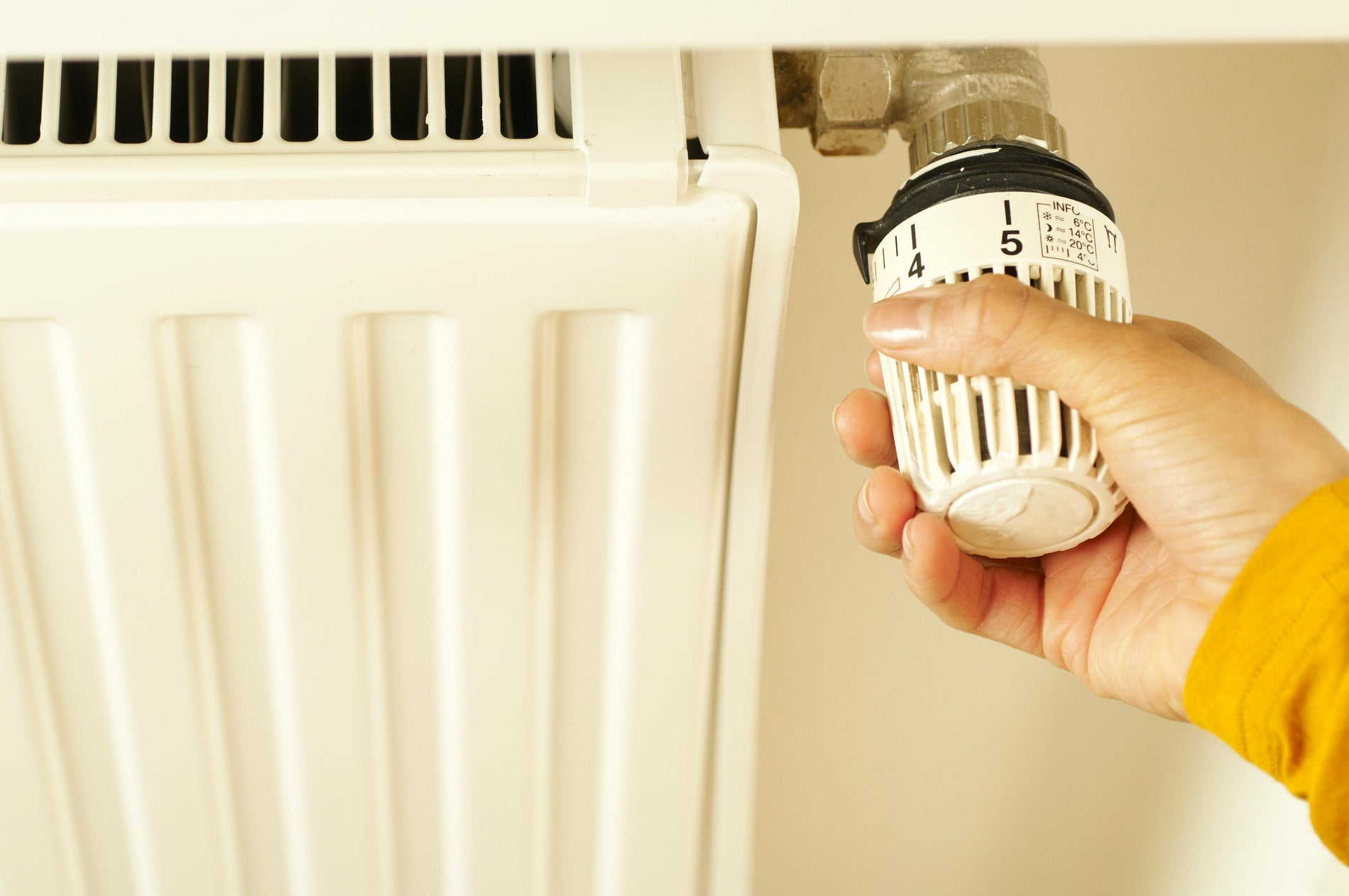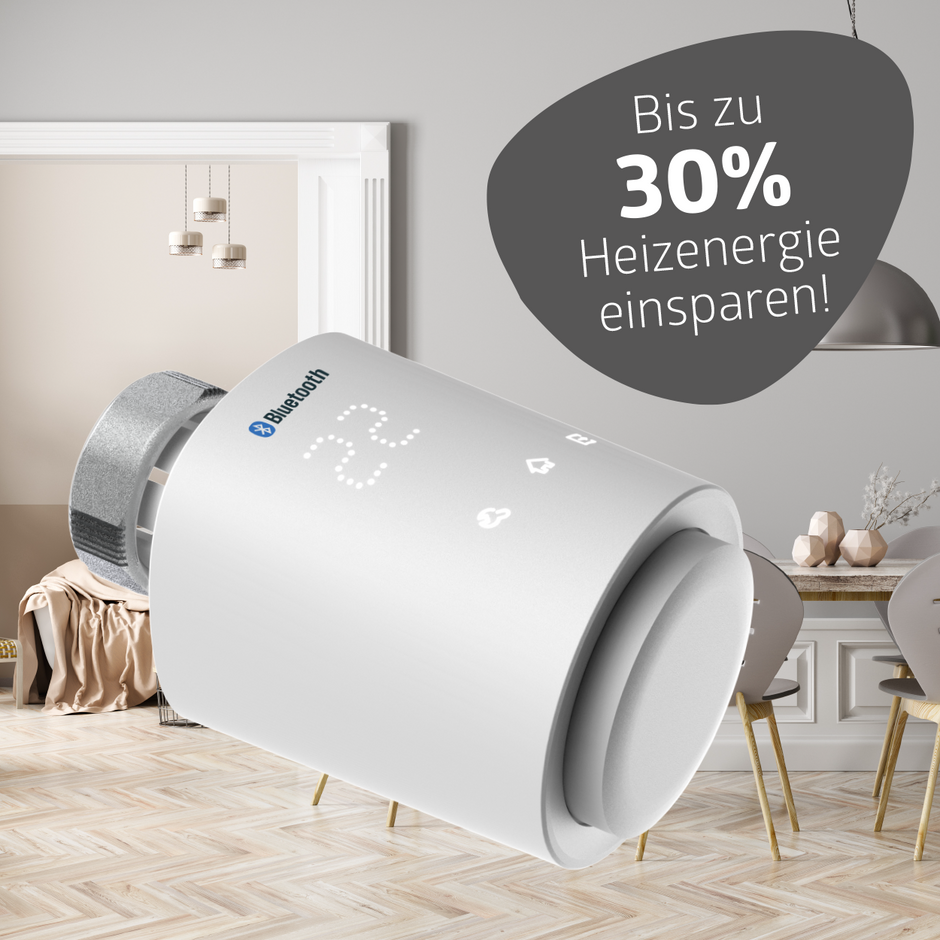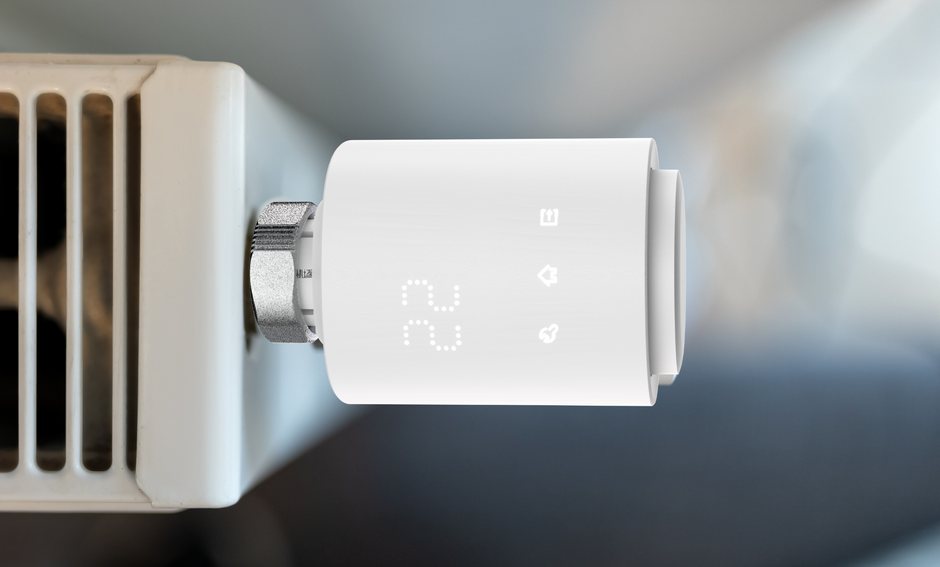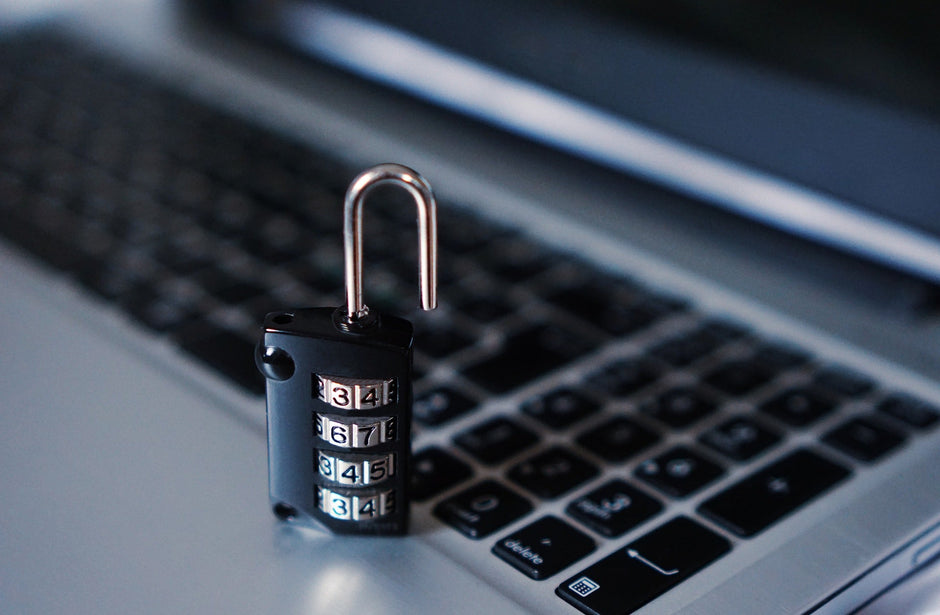According to a study, German households consume the majority of their total energy, a whopping 77 percent, for heating. By comparison, lighting accounts for 2 percent, and all household appliances used account for just 9 percent. The question is: Can't heating be smarter these days? Where and how can energy be saved in a targeted manner? Smart homes are ideal for modern energy management. In addition to automatic lighting, ventilation, security, and entertainment scenarios, smart heating control can do you a lot of good – not to mention your wallet and the environment. This article will tell you how to heat smartly this coming winter.
What is a smart home heating control system?
There are many ways to heat: with coal, oil, gas, renewable resources like wood, solar, and so on. The general rule is: the less CO2 emitted during heat generation, the more sustainable it is. The lower the consumption, the cheaper it is for the homeowner. As a tenant, you don't really have much influence on this – residents of older buildings know what we're talking about:
- drafty corners near windows from which heat escapes
- Crack in the door through which the wind whistles
- poorly insulated walls and roofs
There's little you can do about the condition of the building. But you can still save energy! With relatively simple and inexpensive measures, you can, for example, automatically regulate your energy consumption by heating more intelligently. This already works very well today with a smart heating system that can be automatically (remotely) controlled, monitored, controlled, and programmed.
Imagine the scenario: It's a cold, wet, gray February evening, and you're walking home from work in the slush. You arrive home and your apartment is already preheated to your personal comfort temperature. Wonderful! And smart! But how does it work? It's connected to your heating system via a control center and temperature sensors, controllers, and thermostats that intelligently regulate energy consumption.
Smart heating is based on a modern technology concept
The process is surprisingly simple: You can enter your personal heating program into the central unit. Modern IoT (Internet of Things) sensors take over real-time control and continuously measure the room temperature. Whenever necessary, the system automatically adjusts until your comfortable temperature is reached. The great thing about it: You can also use different day and night programs. Your smart heating then automatically adjusts itself down while you slumber peacefully in your warm bed, and automatically adjusts itself up before you sleepily drift into the bathroom in the morning. For us, this is one of the biggest advantages of smart heating, because let's be honest: Nobody likes a cold bath early in the morning. Well, almost nobody:
Heat according to your needs and personal temperature preferences
So, automatic heating control for a predefined time window: check!
We like to have different temperatures in the different rooms we live in. The bathroom should always be nice and warm. Most people prefer a cooler bedroom – 16 to 18 degrees Celsius is the healthiest option, according to sleep researchers. In the living room, it can be a bit warmer:
23 degrees would be great. This type of individual room control is no problem, if you install the appropriate thermostats. There are also fantastic new features, such as presence detectors. Yes, a smart heating system knows when people are in a room and when they aren't. It then heats these rooms as needed and turns down the temperature in unoccupied rooms. This is not only practical, but also saves a lot of energy.
Smart accessories – thermostats, controllers & sensors
Even with a relatively inexpensive smart home system, you can save a lot of money on heating costs. The simple settings available on inexpensive control systems are enough to achieve this. These include timers in the thermostats that regulate the heating levels on which days and how much. Higher-end devices can be conveniently controlled via a smartphone app. This means it's digital, rather than manual. This makes it possible to turn the heating up and down while you're away, as well as automatically turn it off when you ventilate the rooms.
Thermostats
Bring your home to a comfortable temperature from anywhere: With a smartphone app and smart heating thermostat, you can do it with just one click
You can see an example of such a radiator thermostat in the image below. This type of thermostat is very easy to install. It can be programmed specifically and provides individual control of the radiators. You can enter numerous personal heating profiles and program multiple heating phases based on usage. After that, the heating runs automatically.
Sensors & Contacts
Also part of a smart heating system are optical door and window contacts with built-in sensors. If a window is open or tilted, the radiator valve closes automatically via connected radiator thermostats, for example, during ventilation. When the window is closed, the valve opens again. The heating turns back on. This is ensured by intelligent sensors integrated into the handles. They detect when a window is opened based on the handle's position and regulate the heating accordingly.
Energy saving potential through smart heating
As already mentioned, a large portion of the energy we consume in our homes is used for heating (at least in northern latitudes). A quick reminder: up to 77 percent of total energy goes into heating. The use of intelligent metering systems for electricity, gas, and heat alone could lead to 14 percent less energy is consumed . However, this can only be achieved with the use of smart home systems that are suitable for modern energy management. According to a Dresden study Smart heaters can save up to 9 percent of energy. This is achieved simply by using an automatic energy management system for heating that follows the recommendations of the Federal Government's Energy Ordinance. That doesn't sound very high at first. However, if you consider that a four-person household uses between 90 and 160 kilowatt hours per square meter per year for heating, you can easily do the math using your current heating costs. Look at what you currently pay annually and then subtract just under 10 percent of that. It won't take long to see that you'll soon be able to afford a chic winter jacket, a romantic dinner, a short trip, or other things that are good for you in January and February.
Setting up your smart home heating control made easy
That all sounds great, but how do you install such a smart heating system in your home? The most practical option is a so-called starter kit, which already includes a base station, several controllers and thermostats, and one or two door or window contacts. Too complicated? It's really not:
If you're not much of a techie and need advice on purchasing and help installing your smart heating control system, simply book our Smart Home Party. One of our Smartifiers will then come to your home, provide you with detailed advice, and even support you in setting up your smart home.




























